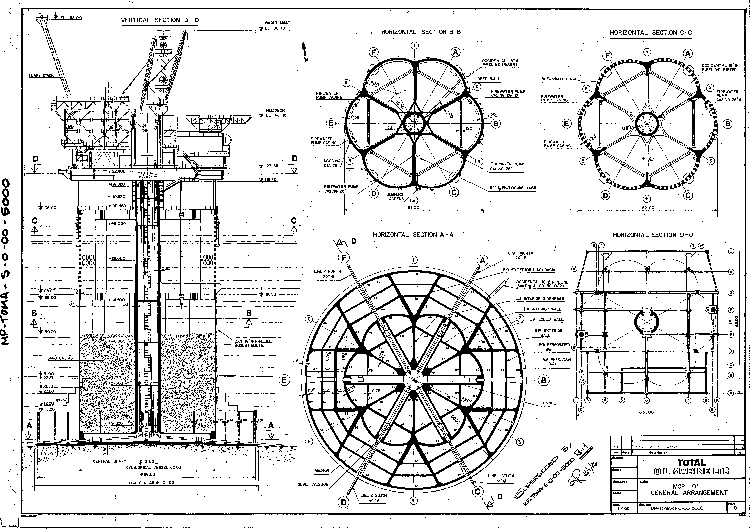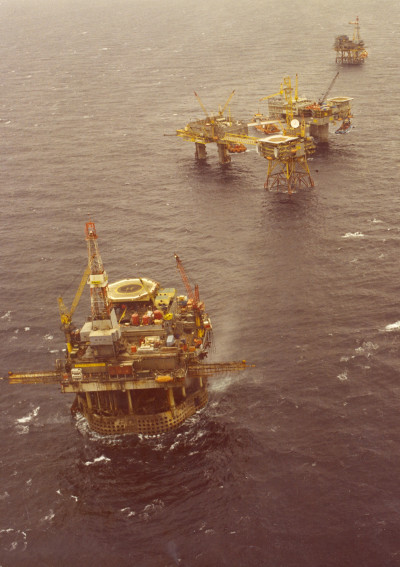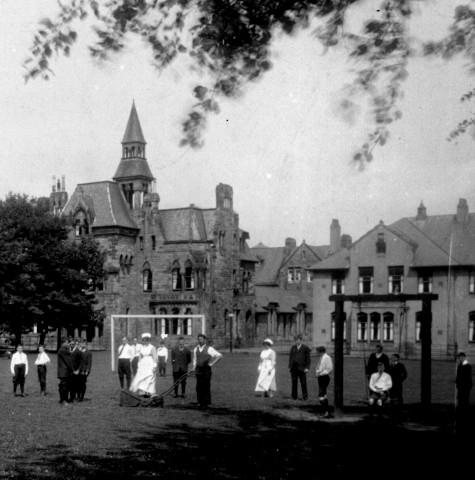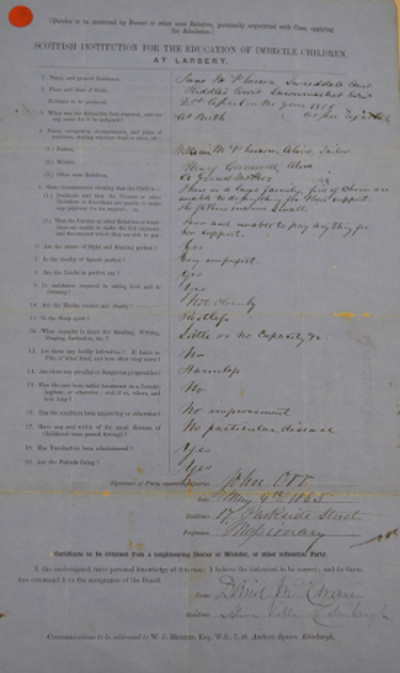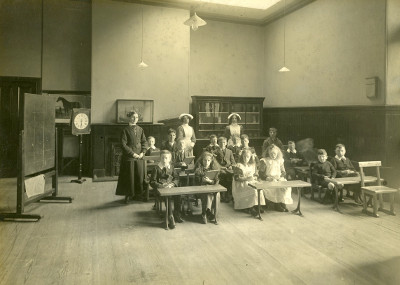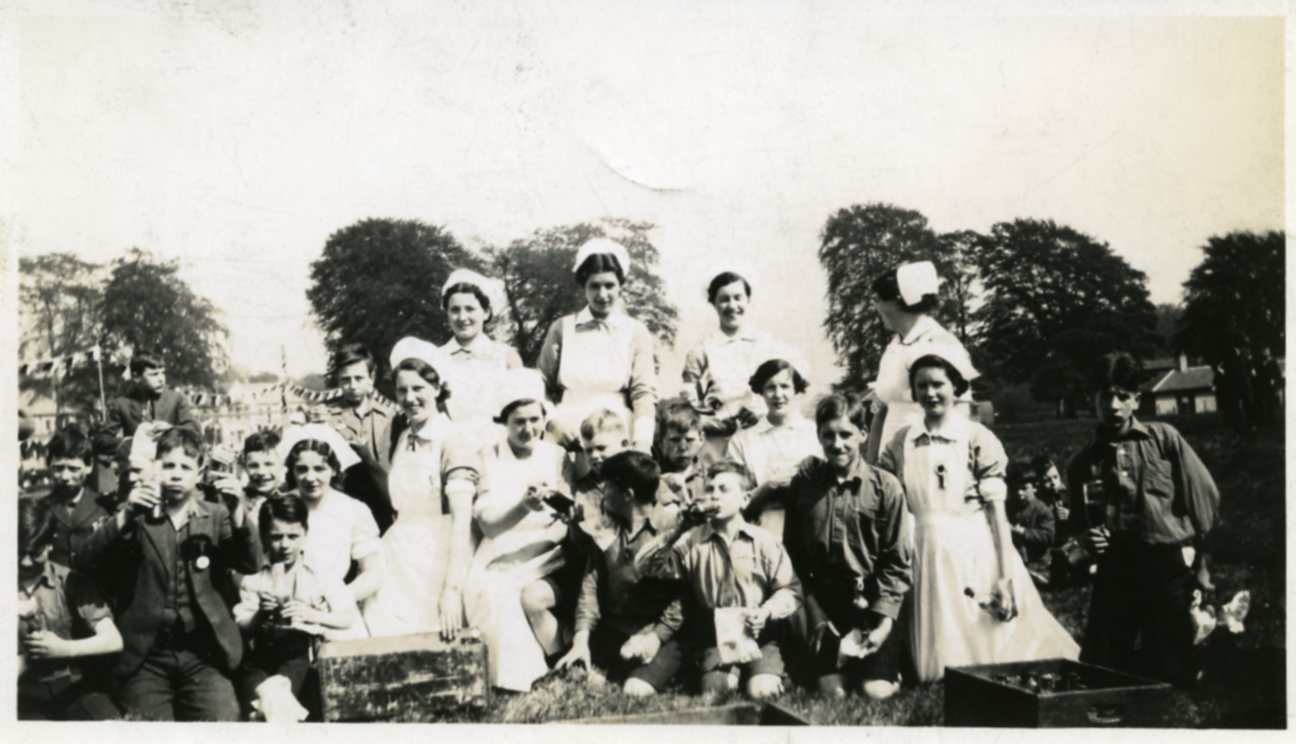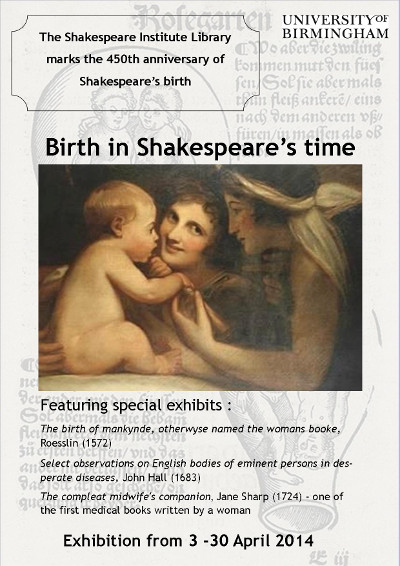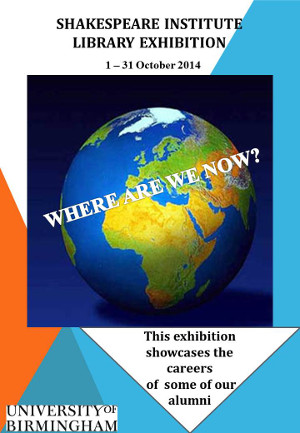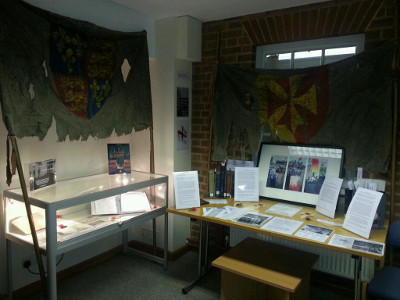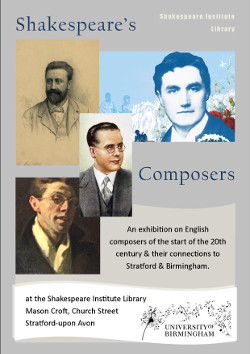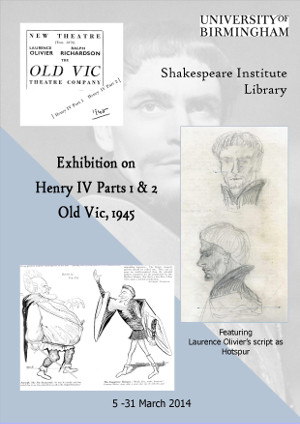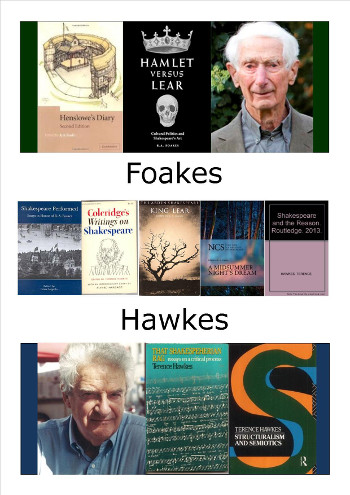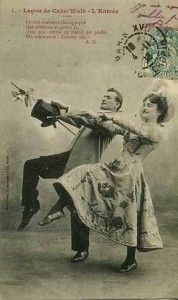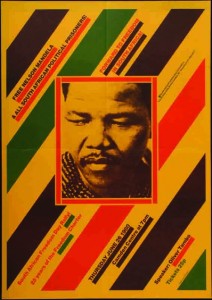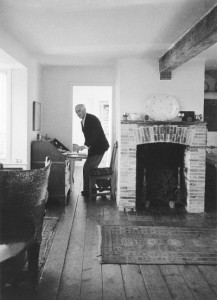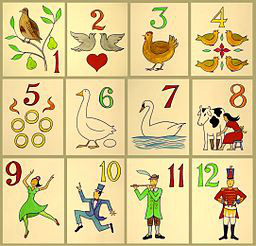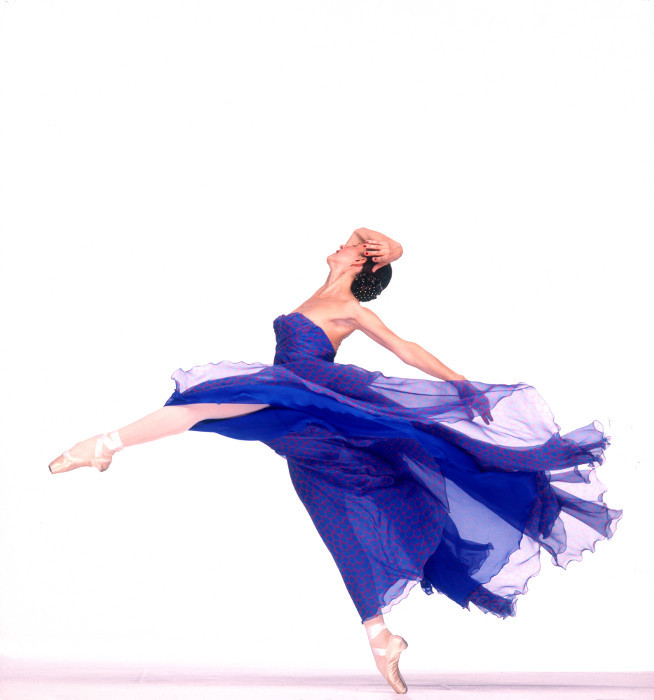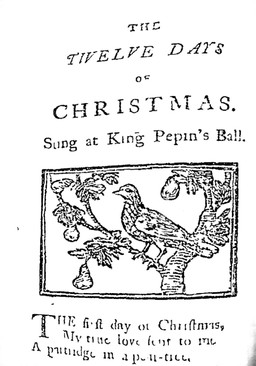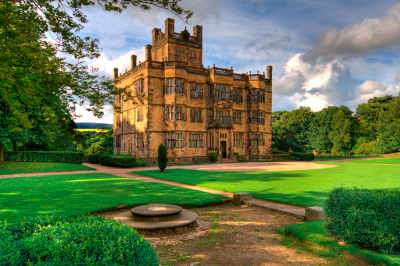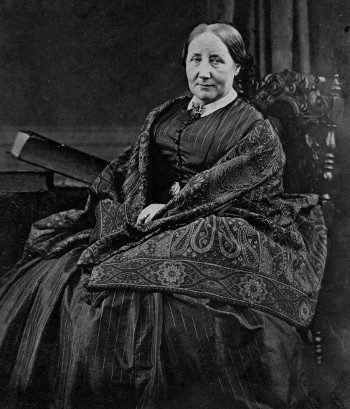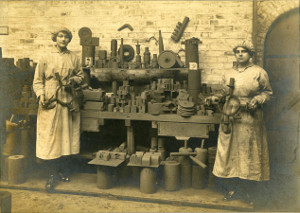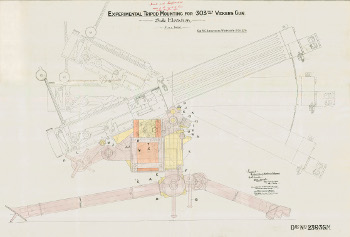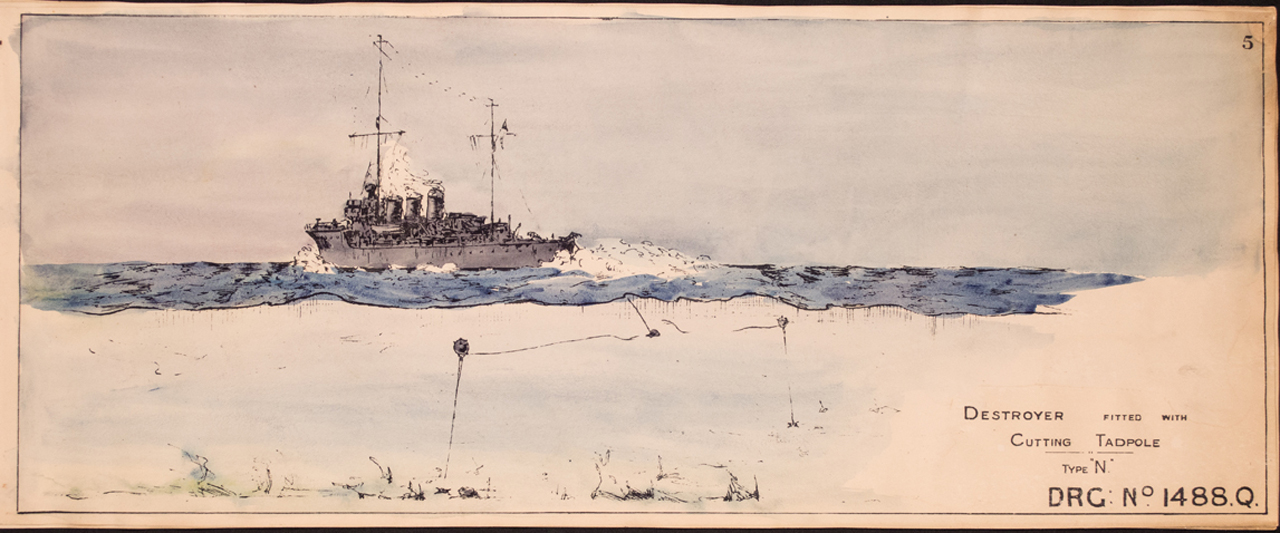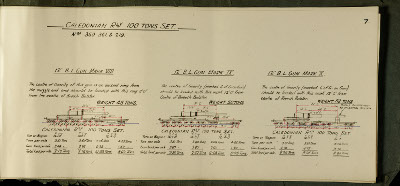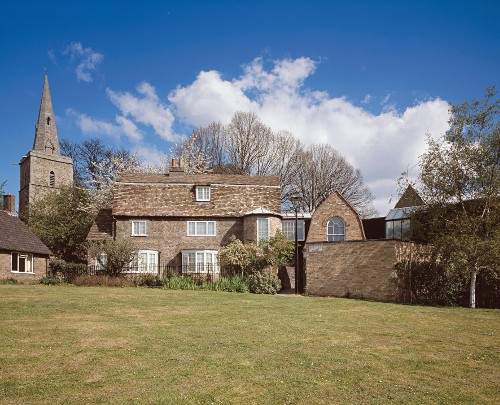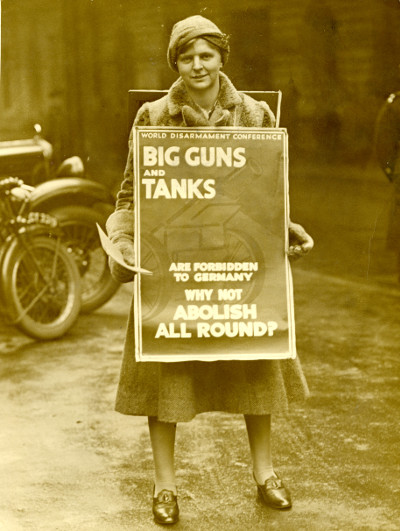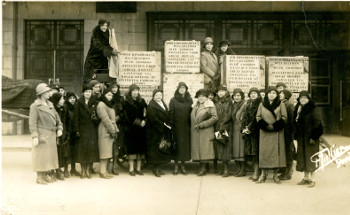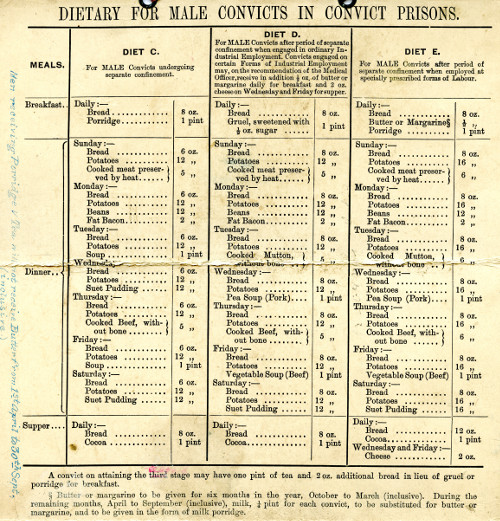Archives Hub feature for May 2015
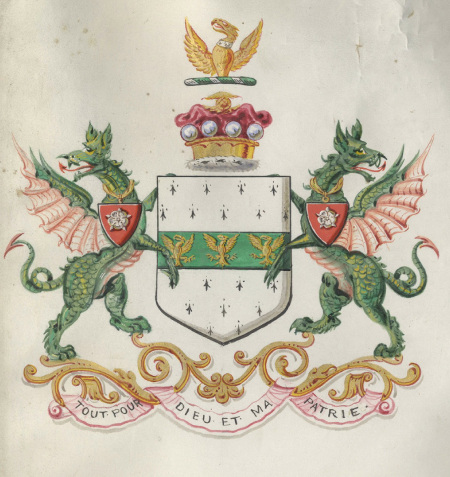
The collection and cataloguing project
In 2011 the West Yorkshire Archive Service [WYAS] held a public vote in each of its five districts to find out which collection was considered to be the ‘Treasure of the Archives’. The Nostell Priory (Winn Family) collection (finding number WYW1352) easily won this title in the Wakefield district with a massive 40.73% of the votes.
Leading on from this, in 2013, WYAS secured funding for a year cataloguing project from the National Archives Cataloguing Grants Programme to fully catalogue and make accessible the archives of Nostell Priory and the Winn family spanning 800 years of history. The project enabled the original catalogue for the collection to be enhanced and brought up to current archival standards, as well as making available previously unlisted and unknown records of the Winn family.
Additional information has been added for some 6000 entries including Civil War tracts from the 17th century and eye-witness accounts and letters relating to the doomed invasion of Bonnie Prince Charlie in 1745.
Records held in the collection include family papers [13th century-1999] and estate papers [1215-1987]. The collection consists of over 544 boxes worth of material. Whether you are looking for your ancestors who worked there, researching the influential Winn family, the estate, the Priory, coalmining or any aspect of local history, there is something for everyone in this wonderful collection!
A brief history of the house and the Winn Family
The Priory of St Oswald at Nostell was founded in the early 12th century out of a pre-existing hermitage that was devoted to St James.
In 1540 the Priory was closed down by Henry VIII during the Dissolution of the Monasteries, and the buildings and land were granted to Dr Thomas Leigh. The estate passed through a number of owners and was then purchased by Rowland Winn, a London Alderman, in 1654. The Winns were originally from Gwydir in North Wales but had since become textile merchants in London, George Wynne of Gwydir was appointed draper to Elizabeth I. As the family increased its wealth they began acquiring land, which included the estate and manor of Thornton Curtis, Lincolnshire, and the manor of Appleby, Lincolnshire, before the purchase of Nostell in 1654.
By this time sections of the old Priory buildings had been converted into a manor house known as Nostell Hall, and the next three generations of the Winn family would use this house as their principal residence. The house that exists today is a result of the work commissioned by the 4th and 5th Baronets, both called Sir Rowland Winn. Work began in 1729 with Colonel James Moyser, James Paine and then Robert Adam all working on the house. Adam’s work on the interior and exterior of the house continued until 1785, when the 5th Baronet was suddenly killed in a carriage accident and money problems stopped all further work.
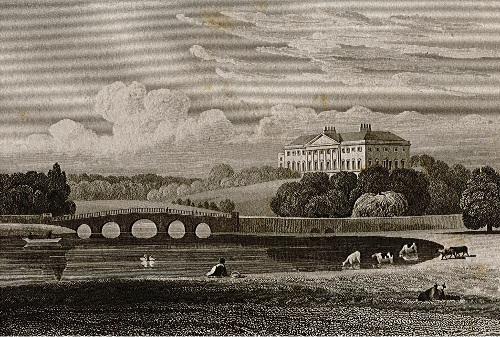
During his time at Nostell, Adam had brought in the painter Antonio Zucchi, the plasterer Joseph Rose, and the cabinet maker and furniture designer Thomas Chippendale to complete the interiors of the house, and these contributions are widely celebrated today.
After Sir Rowland Winn, 6th Baronet, died unmarried in 1805 the estate passed to his 11 year old nephew John Williamson, who was the son of Sir Rowland’s sister, Esther Winn, and John Williamson, a Manchester Baker. Upon inheriting the estate, John Williamson (junior) and his siblings, changed their names to Winn and we have the grant conferring John Williamson of Nostell Priory with the surname of Winn and coat of arms [see image above]. However the Williamson children did not inherit the Baronetcy, which could only be inherited through the male line in the family, and so it instead passed to Edmund Mark Winn, 7th Baronet, a first cousin. During much of the 6th Baronet’s ownership and the minority of John Winn, the daily management of the estate was left to Shepley Watson, a local solicitor.
After John Winn died in Rome in 1817, his brother Charles Winn inherited the estate. Charles commissioned further work on the furnishing and interiors at Nostell and, as a result of his keen antiquarian and scholarly interests, significantly added to the art, furniture and library collections at the house.
After Charles’ death in 1874, his son Rowland inherited the estate and embarked on further building and refurbishment work at Nostell. Rowland Winn was keenly interested in politics as was his son, Rowland [2nd Lord St Oswald]. The 2nd Lord St Oswald divided his time between Nostell and London and also travelled extensively overseas.
Following his father’s death in 1919, Rowland George Winn, 3rd Lord St Oswald, succeeded to the peerage but did not live at Nostell. During the 1920s and 1930s the house was occupied by other members of the Winn family. The Royal Artillery occupied the house during the Second World War, but the 4th Baron, Rowland Denys Guy Winn, returned to the family home following a distinguished service record in the Second World War and in Korea.
Upon his return he embarked on a political career and then succeeded to the title on his father’s death. He was an active member of the House of Lords throughout the rest of his life.
During the early 1950s the house was opened to the public as a heritage site, and in 1984 Nostell Priory was conveyed to the National Trust in lieu of inheritance tax, largely down to the work of the 4th Baron. Upon his death in 1984, he was succeeded by his younger brother Derek Edmund Anthony Winn, 5th Lord St Oswald, the father of the present Lord St Oswald, Charles Rowland Andrew Winn, 6th Baron Saint Oswald, who in turn took the title on the death of his father in 1999.
How to view the collection
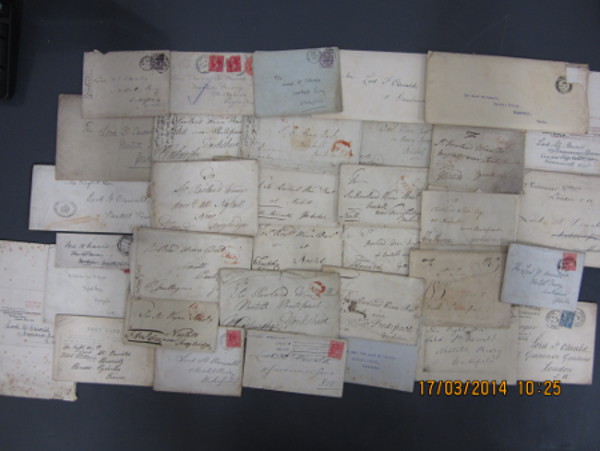
The collection is fully listed and information about the records can be found on the WYAS online catalogue at http://catalogue.wyjs.org.uk/Record.aspx?id=LC03029
This information is also due to be available to view on the Hub in the next fews months. Original records can be viewed at the Wakefield office of WYAS wakefield@wyjs.org.uk , telephone 01924 305980 [appointments are recommended as the material is not held on site]. Opening times and details of where the Wakefield office is located can be found at http://www.wyjs.org.uk/archives-wakefield.asp
Related information on the Archives Hub
West Yorkshire Archive Service, Wakefield: browse Wakefield collections
West Yorkshire Archive Service, all districts – Hub contributor information
Jennifer Brierley
ICT and Collections Archivist
West Yorkshire Archive Service
All images copyright the West Yorkshire Archive Service, and reproduced with the kind permission of the copyright holder.

